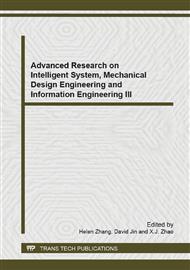p.161
p.165
p.169
p.173
p.177
p.181
p.185
p.189
p.197
Applied Technology with Electronic Materials and Information in Autonomous Learning of Learners
Abstract:
With the development of information and technology, China is entering a new digital era. As the globalization’s deepening, English, as a communicativel tool, has become increasingly significant.To promote students’English competence so that they become more competitive and can keep pace with the trend of the times ,many universities put English educational reform high on the agenda.This paper probes into the current situation of college English teaching and finds some problems relevant to learning materials. Based on the reflection on these problems, an experiment was conducted in the context of applied technology, in which learners were encouraged to design the curriculum and select the elctronic materials according to their interest and need for learning under their teacher’s direction. After a 16-week experiment, there was a change in learners’ attitide towards their learning: they became more active and responsible for their learning and their learning interest was heightened and so did their academic performance. These findings show that electronic materials that take learners’ needs and interest into account are conducive to learners’ autonomy and the development of English competence.
Info:
Periodical:
Pages:
177-180
Citation:
Online since:
May 2014
Authors:
Keywords:
Price:
Сopyright:
© 2014 Trans Tech Publications Ltd. All Rights Reserved
Share:
Citation:


